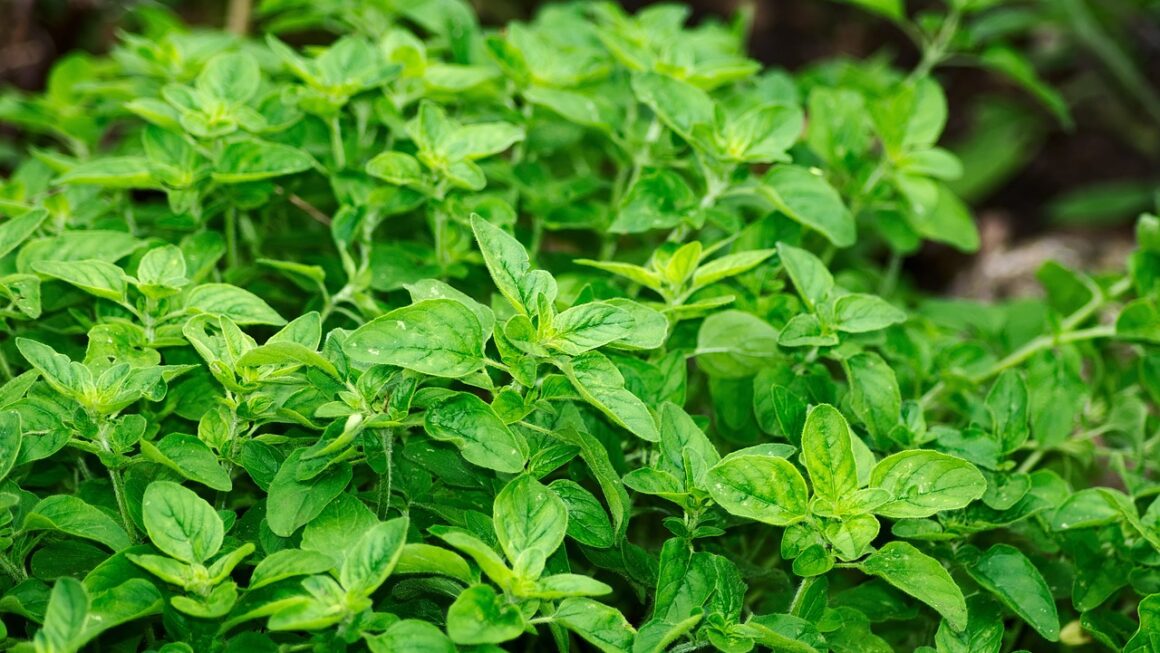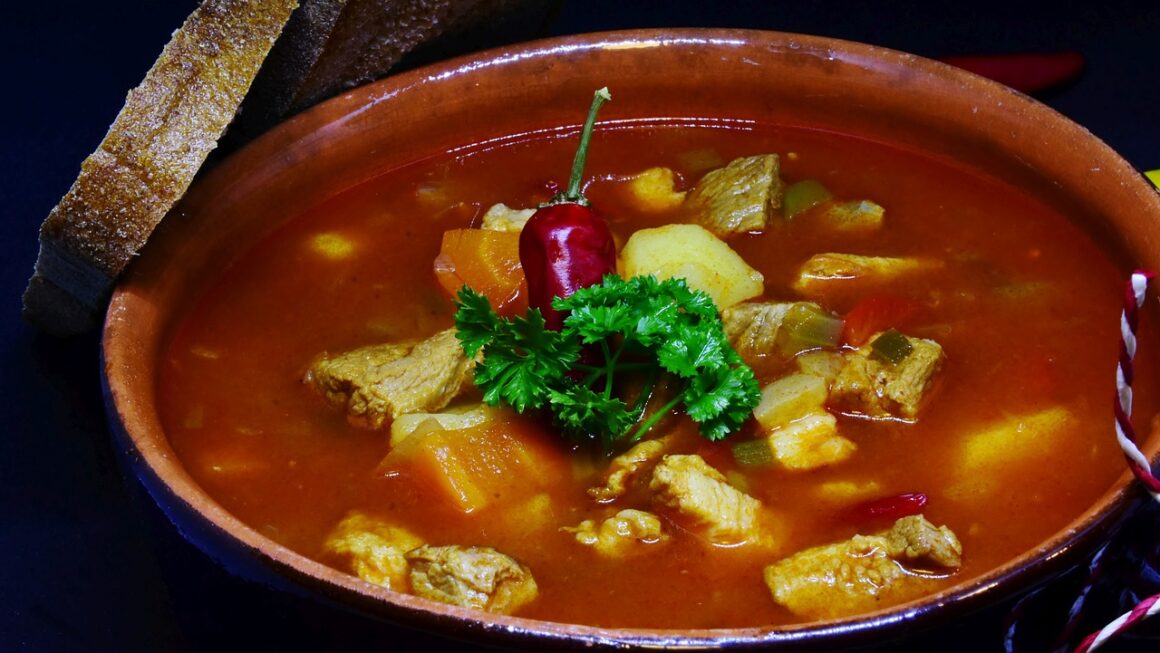Bibimbap is a popular Korean dish that features a colorful array of fresh and flavorful ingredients served over a bed of hot rice. The key to a delicious bibimbap lies in the quality and variety of ingredients used. To help you create the perfect bibimbap at home, we have put together the ultimate guide to bibimbap ingredients, along with some tips and tricks for a flavorful dish.
Rice: The base of bibimbap is steamed white rice, which serves as the foundation for the vibrant toppings. For a traditional bibimbap, use short-grain rice that is slightly sticky when cooked.
Proteins: Bibimbap can be made with a variety of proteins, such as beef, chicken, pork, tofu, or even seafood. For a classic bibimbap, marinated beef (bulgogi) is a popular choice. You can also use thinly sliced chicken or pork, or cubed tofu for a vegetarian option.
Vegetables: Bibimbap is known for its colorful array of vegetables, which add freshness and crunch to the dish. Common vegetables used in bibimbap include carrots, spinach, bean sprouts, mushrooms, zucchini, and bell peppers. You can also add other vegetables like radish, cucumber, or kimchi for extra flavor and texture.
Eggs: A runny fried or poached egg is a classic topping for bibimbap, adding richness and creaminess to the dish. For a vegan option, you can also use a scrambled tofu or a soft-boiled egg.
Sauce: Bibimbap is traditionally served with a spicy and savory gochujang sauce, which adds a delicious kick to the dish. To make the sauce, mix gochujang (Korean chili paste) with sugar, sesame oil, soy sauce, and rice vinegar. You can adjust the spice level to suit your taste.
Assembly: To assemble your bibimbap, start by placing a generous serving of rice in a bowl. Arrange the cooked proteins, vegetables, and eggs on top of the rice in separate sections. Drizzle the gochujang sauce over the toppings, and mix everything together before eating to combine all the flavors.
Tips and Tricks:
– Prepare all your ingredients ahead of time to make assembly easier.
– Use a variety of colorful vegetables to make your bibimbap visually appealing.
– Add additional toppings like kimchi, sesame seeds, or sliced green onions for extra flavor.
– Experiment with different proteins and vegetables to create your own unique twist on bibimbap.
– Serve your bibimbap with a side of kimchi or pickled vegetables for a complete meal.
With these tips and tricks, you can create a delicious and flavorful bibimbap that is sure to impress your family and friends. So gather your ingredients and get cooking!




